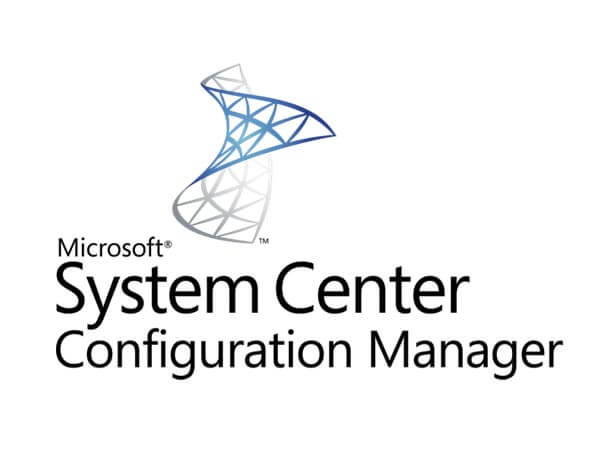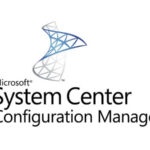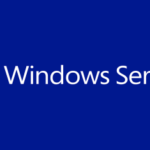Understanding Configuration Manager Application Relationships: Dependencies, Supersedence, and Global Conditions.
Dependencies:
Dependencies make it easy to specify the software prerequisites of an Application. This can be multiple things and it can even contain AND and OR statements. For example, it’s possible to say that Adobe Reader needs to be present. Besides that, it’s also possible to define what needs to be done when neither of them is present. It’s possible to specify which version needs to be auto-installed.
Supersedence:
Supersedence makes it easy for an administrator to create a relationship between two Applications and “declare” one Application newer than another previous Application. The supersedence – relationship needs to be specified on an Application–level, but the actions can be specified on a Deployment Type–level. This makes it possible to specify per Deployment Type what the new Deployment Type will be and whether the old version needs to be uninstalled, or the new version will do an upgrade to the old version (default is upgraded).
Global Conditions:
Global Conditions are the most “variable” relationship because these conditions can be almost everything. The relation between these two is that a Global Condition has to be added to a Requirement Rule to be evaluated. Besides this, a Global Condition can contain one or more System Attributes, which can be anything from WMI Queries to Registry Values. Global Conditions can be assigned per Deployment Type. This makes it possible to deploy multiple Deployment Types to the same (User) Collection, but only the one that has all requirements met will be truly deployed.
Configuration Manager Application Relationships.





















